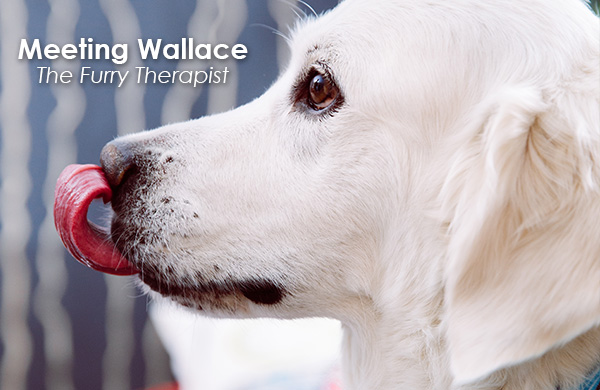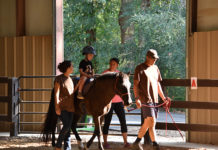There’s a comforting power in the presence of a pet that sometimes fades into the background of our lives, which really cannot be overstated.
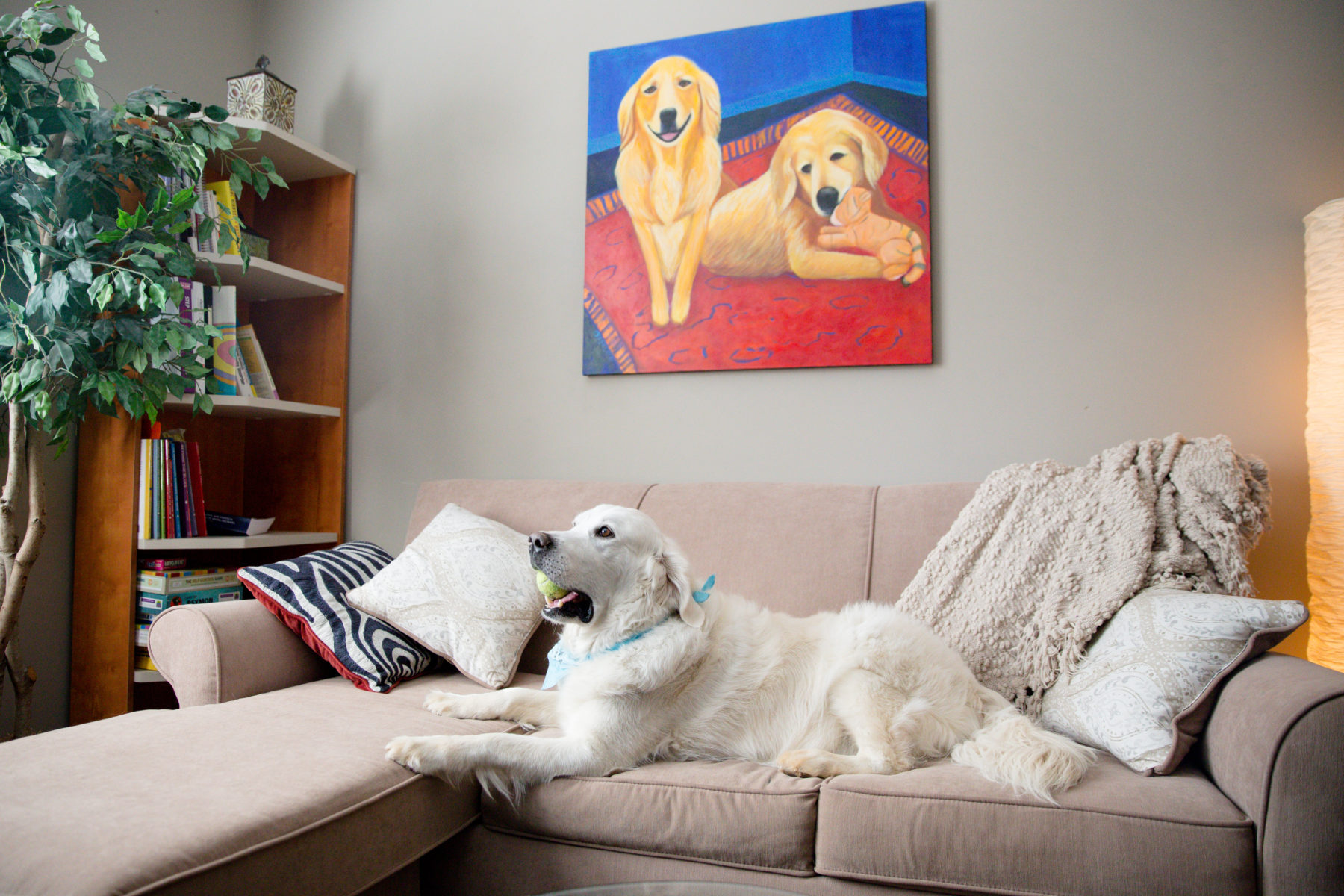
I was reminded of this as I interviewed Debbie Kohlbrener, a clinical therapist in the Atlanta area, and listened to stories about her work incorporating therapy animals into her practice. Debbie and her animal partner, an English buttercream retriever named Wallace, are examples of how this bond can be a source not only of comfort, but also of therapeutic good for those in pain.
Odds are, if you are reading this magazine you already have some idea of how valuable the bond between people and our animal companions, especially our canine friends, can be. Basically everybody who’s owned a dog can probably tell you about a time when their life was gloomy and their animal companion knew just from the way they acted. Maybe it was confused, maybe it tried to lick their face, or maybe it just rested its head in their lap – it knew something was up.

If you’ve ever experienced this, you’re not imagining things. “Dogs know when something is wrong with you” Debbie explains. “The science backs it up.” Researchers at Goldsmith’s College in London found that dogs not only feel empathy for the distress of their owners, they are actively distressed by their owners’ unhappiness. Dogs often tend to actively try to assist and comfort their companions when they are distressed. In some studies, dogs would ignore their own comfort to try to aid their owners.
Perhaps unsurprisingly for people who have experienced it, this interaction also helps people who are in distress. Beyond just the value of a loving presence in a trying moment, being around an animal while you are sad can actively change your brain chemistry. A study in the journal Hormones and Behavior charts how interaction with friendly dogs can increase a person’s oxytocin, the brain chemical associated with comfort, trust and relaxation. This is important because the core of the client-therapist relationship is one of implicit trust, and that isn’t something that can flourish overnight, especially for people who have been hurt in the past. The value of a trustworthy therapeutic assistant that can even biologically prompt a person to be more open and relaxed cannot be overstated.
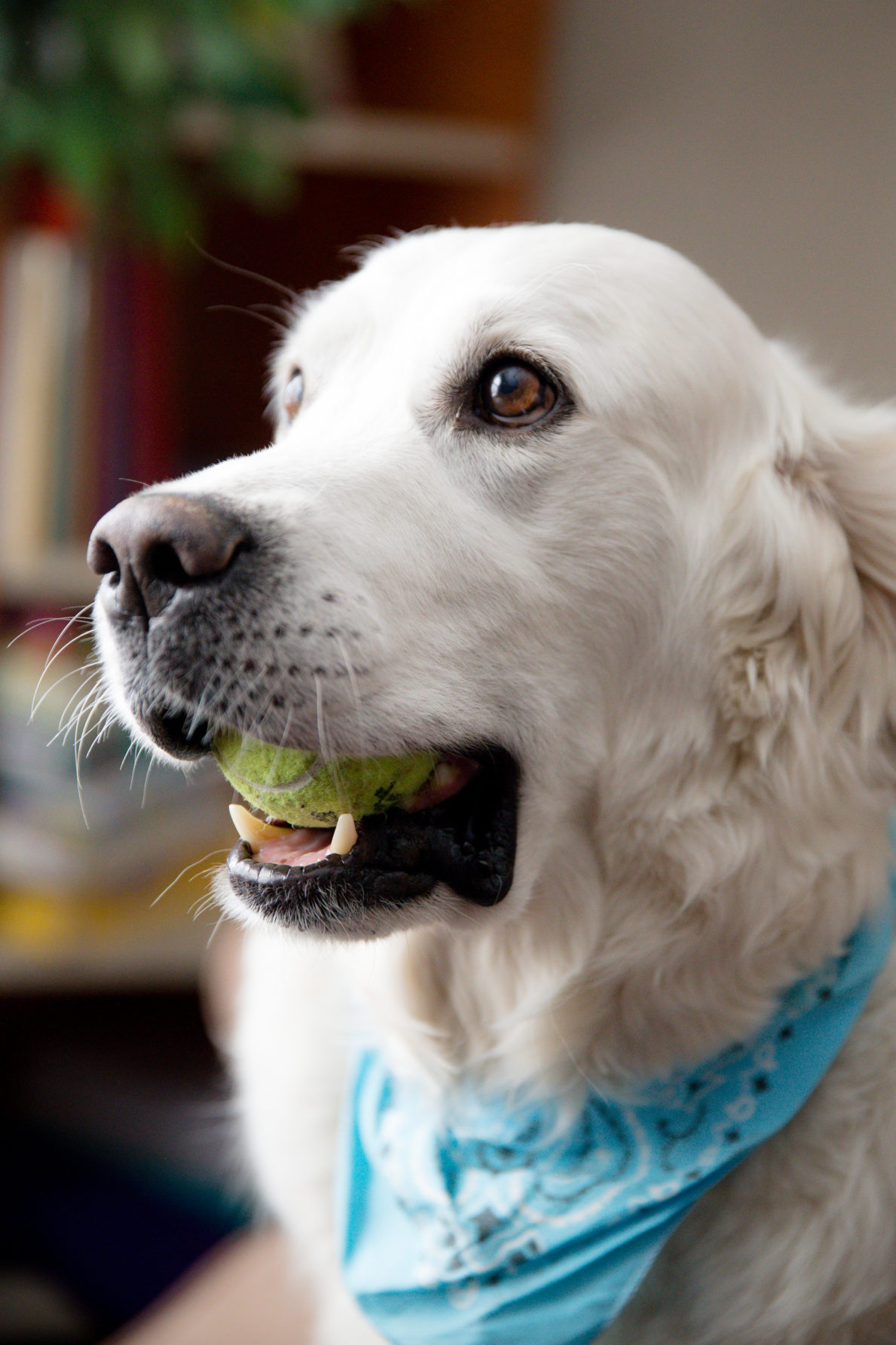
Debbie and Wallace are working to leverage the power of this bond of empathy to do the most good they can for people suffering from anxiety, depression and behavioral disorders stemming from past traumas. “Wallace and I specialize in children who have problems that are resistant to other treatments,” Debbie explains as Wallace gnaws gently on a tennis ball. “Wallace is here to help them feel more comfortable, to be relaxed, and to feel safe, especially if we are having a session where they are talking about difficult or even traumatic things. That little bit of help getting past any feelings of shame, or fear or hesitancy that they have can really accelerate the process of recovery and help them grow and heal faster.”
As a gentle, sensitive ball of fluff, some of the best work Wallace does is in helping children with phobias of animals overcome their fears through extremely gentle exposure, or response therapy. An intuitive master of the procedure, Wallace seems to know just how close a client is comfortable with him being at any given time. “We wait for the client to be ready for Wallace to come into the room and then we let him in,” Debbie says. “When he does, he goes to the other side of the room and waits for them to feel more comfortable around him and to want to interact with him more.”

Not simply a lap dog by any means, Wallace also helps Debbie and her clients with more physical exercises too. “We incorporate yoga into our sessions for some children who are dealing with anxiety. It helps them mind their breathing and balance,” Debbie says. “Wallace even joins in on it. He will hop on the floor and do his best to either drop to the ground, sit, or lie with us.” Naturally, I asked to see pictures of his yoga practice, which Debbie readily provides; his sun salutations are lacking but his down dog is flawless.
Sympathy can go both ways, and before he joined the Kohlbrener household, Wallace had a life that it is easy to feel sympathetic for. “One of the things that really helps the kids open up is when I tell them the story about how Wallace came into our family.” Debbie gives Wallace a good pet before she continues with the story. “Wallace was left tied out in a yard without food, water or care for a long time. We don’t know for sure, but there was a real possibility that he was physically abused as well. When we adopted him, he was underweight, sick, and had worms. We were able to help him though and he was able to recover into the extremely friendly, caring, helpful dog that he is today.
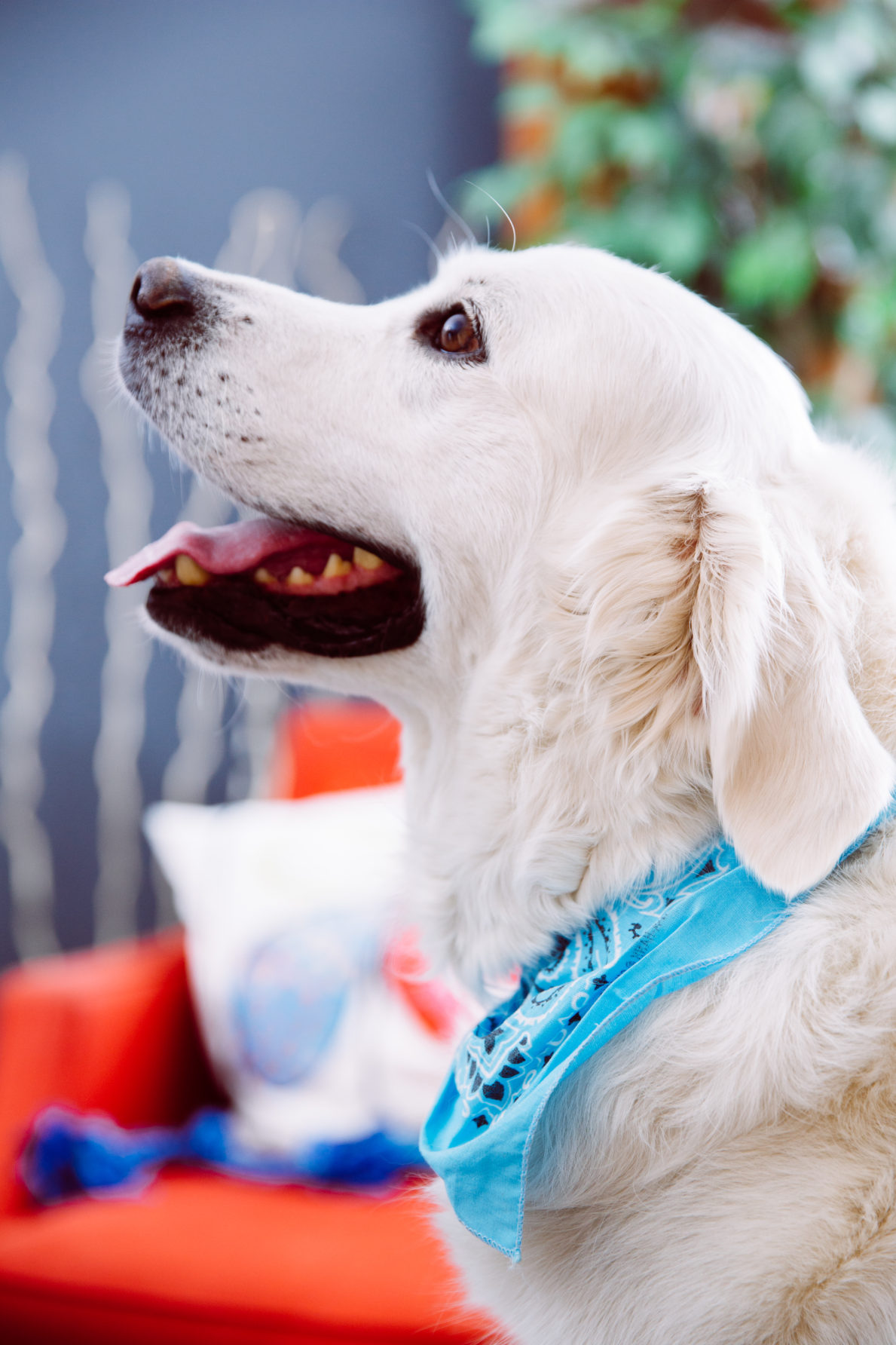
“It gives them an avenue to begin talking about how these traumas can happen in the world, it lets them know that they aren’t alone and takes away some of the shame of what they’ve gone through,” she continues. “It also lets them project onto Wallace and talk about how they feel about their own traumas by talking about how he must have felt. It helps them to talk about things that they otherwise might have just bottled up.”
The connection between people and their canine companions can be a powerful tool for therapy, and Debbie and Wallace are showing how it can be used to help the people that need it most. “I’ll always remember one of the first sessions I brought Wallace along for.” Debbie begins as Wallace set his head into my lap. “The girl I was working with was very guarded and was hesitant to talk about her feelings and the things she had gone through. When I brought Wallace into the room, he just sat with his head in her lap and she just started to open up. It’s been a great experience for me too just getting to see how animals work to build these connections, bring out these emotions and show us just how much more we can do to help these kids to grow and recover.”

